How to Design an Organic Outdoor Wedding Reception that Blends Seamlessly with Nature
As someone who’s been immersed in the world of experience-rich destination weddings for nearly two decades, I find few indoor weddings can compete with the beauty, depth, and design opportunities an outdoor wedding reception allows for. With lush foliage, wide-open skies, and golden sunsets all at your fingertips—outdoor settings make for the most magical wedding venues where visions can soar and wedding budgets can stretch far further. But how, exactly, do you use design elements to enhance your outdoor wedding reception location without overpowering the natural beauty of the area?
Today, I wanted to offer up the top guidelines and tips I always follow when designing outdoor destination weddings with my team. Let’s dive in…
1. Complete, don’t compete.
The most breathtaking outdoor wedding receptions seem to blend in seamlessly with the natural space they’re occupying. From afar, it’s almost as if you can’t even see the reception there—only when you’re up close do intricate floral arrangements and layered tablescapes reveal themselves, not unlike a secret-garden celebration hidden in plain sight. When my team and I are designing an outdoor wedding reception, we always start by taking in the outdoor space and letting its natural beauty and flow inform and inspire what we create—rather than starting with a predetermined vision and forcing our vision onto the space.
For example, if a beautiful, age-old oak tree is the undeniable focal point of the space, we don’t need to build a structure to add an additional, competing focal point—instead, we might just hang textured lanterns from the tree to complete the space—or place lanterns and flowers around the base of the tree to balance out the visual interest from top to bottom. The great part about following the “complete, don’t compete” rule—aside from the fact that it makes for the most compelling aesthetics—is that your wedding budget can stretch far further this way.
2. Use nature’s palette to inform your wedding palette.
I’ve seen—and have designed—plenty of outdoor wedding receptions that lean into bright, bold colors, and these can work beautifully. But, if I had my pick, I tend to prefer an outdoor wedding reception that leans into and enhances the inherent palette of the natural space. Think: lush, deep greens punctuated by citrus-like hues for a tropical space—or muted taupes and soft sages punctuated by sunflower yellows and deep rust hues for a desert space. Nature offers the best inspiration—I always recommend following her lead when you’re designing your outdoor wedding. Taking from and enhancing the natural color palette of the space you’re working with will ensure your reception blends in beautifully—rather than clashing with—the area’s natural features and foliage.
3. Use texture to add depth.
When you’re minimizing design elements so as to not compete (tip 1)—and you’re using a color palette that’s very similar to that of the space you’re working in (tip 2)—you need a little something to make sure your design elements pop and that your space still feels celebratory. And that “something” is texture.
As a seasoned destination wedding designer, I can promise you: texture is pure magic. Layering different textures is a great way to ensure your outdoor wedding reception blends in seamlessly with the space around it, without falling flat, getting lost, or feeling like it’s lacking “that special feeling.” Bamboo, hemp, wood, woven textiles, linen, twine, and naturally patinated metals are all great ways to add texture, depth, dimension, and visual interest to your outdoor reception.
4. Use natural elements—like fruit and foliage—in your tablescapes.
When you’re hosting an afternoon outdoor wedding, I say skip the sequined votives and sparkly glam table runners and, instead, opt for natural elements in your tablescape that feel as though they were plucked right from the space around you. I love working in local fruit (plantains, pomegranate, mangoes, and citrus fruits all work well) or organic elements like antlers, twigs, ghords, pine cones, and eucalyptus to the tablescapes I design for outdoor spaces. (Bonus points if there’s a cultural, local, or artisan angle to the elements you’re adding.) This adds depth and visual interest to your tables while still feeling true to the space around you.
5. Work with local wedding professionals.
Even for brides and grooms who have a sharp eye for design and a honed eye for detail—high-end weddings call for the help of experienced professionals. When you’re wanting your outdoor wedding reception to blend in well with the space it’s occupying, there’s no substitute for the design expertise, industry insight, and vendor connections a local planner will have. She can easily tap into her network of creative professionals, rental companies, and local artisans to ensure the elements you incorporate in your wedding reception look and feel high-quality, authentic, and true to the area.
Need some inspiration as you plan an outdoor wedding that blends in beautifully with nature? Join me as we lose ourselves in these striking images from an outdoor wedding reception we designed at The Royal Livingstone in Zambia.

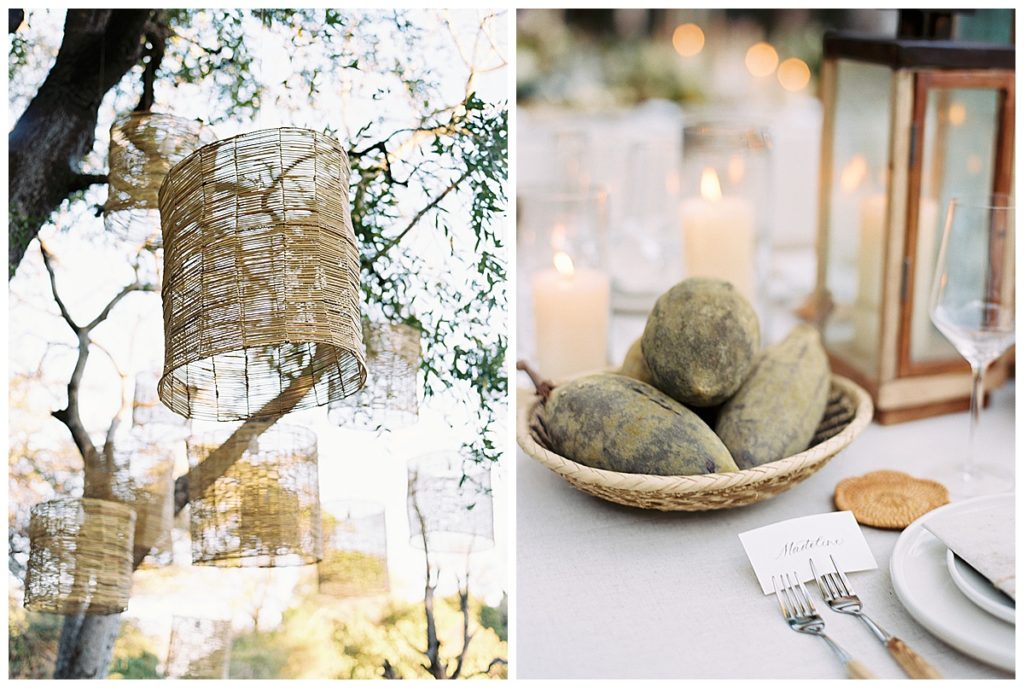
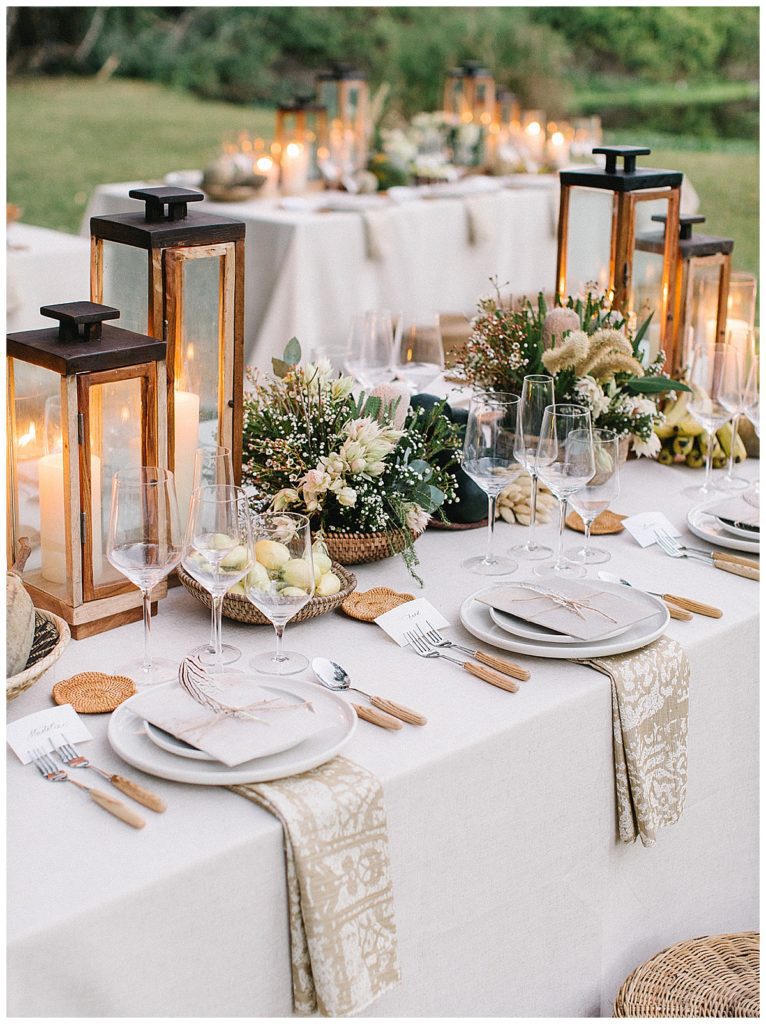
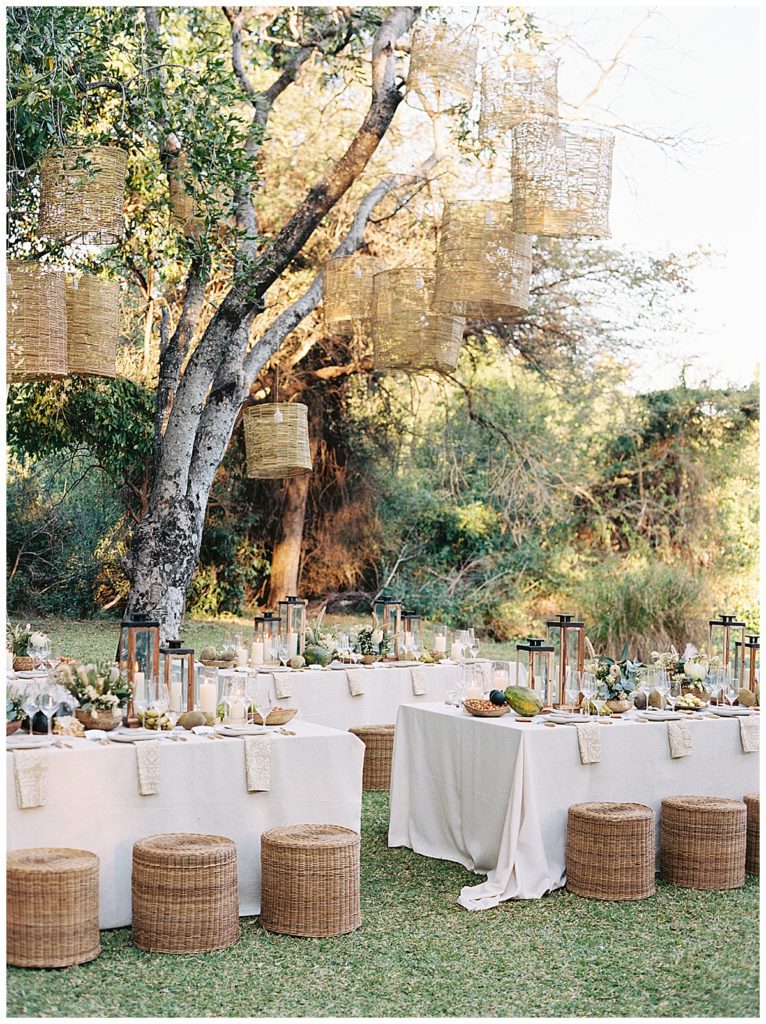
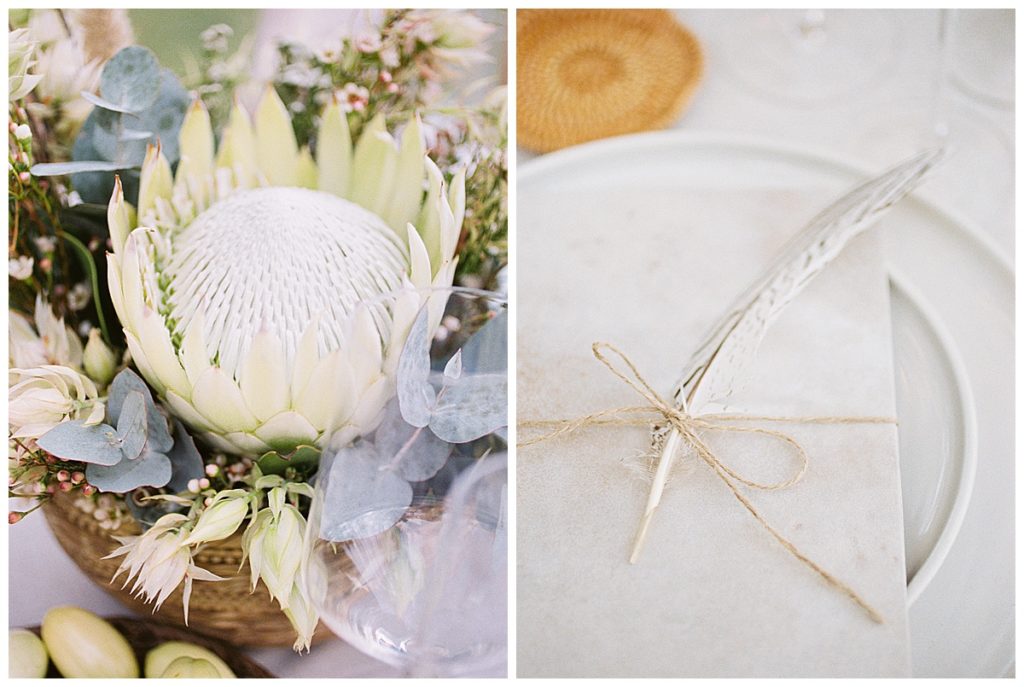

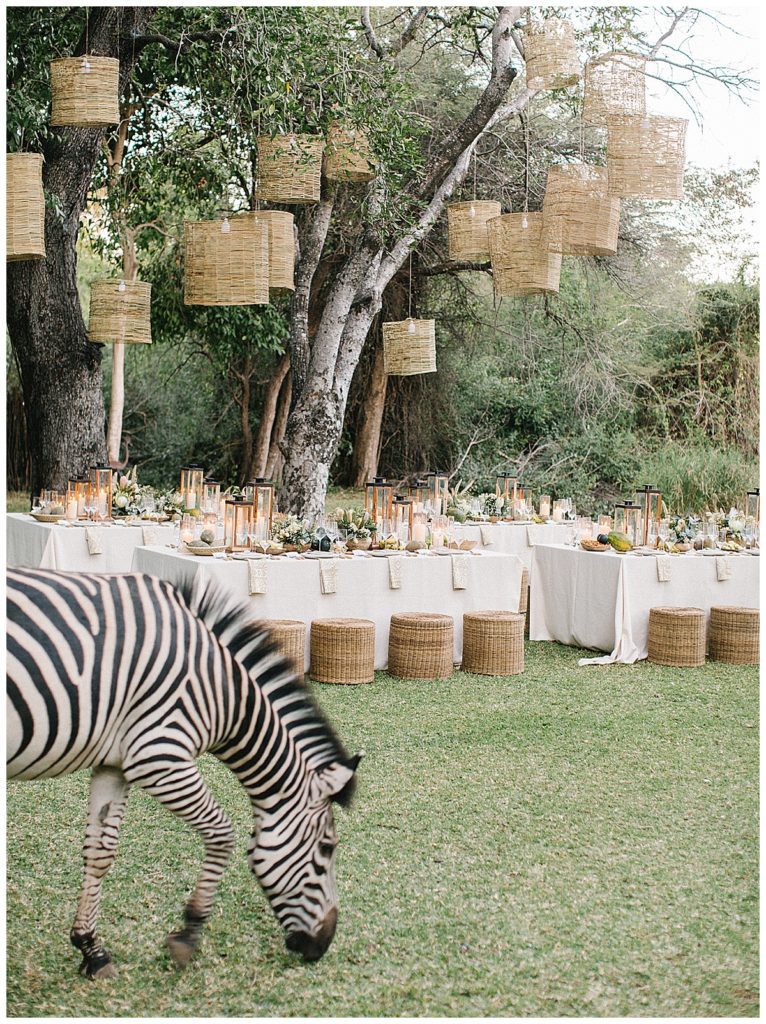
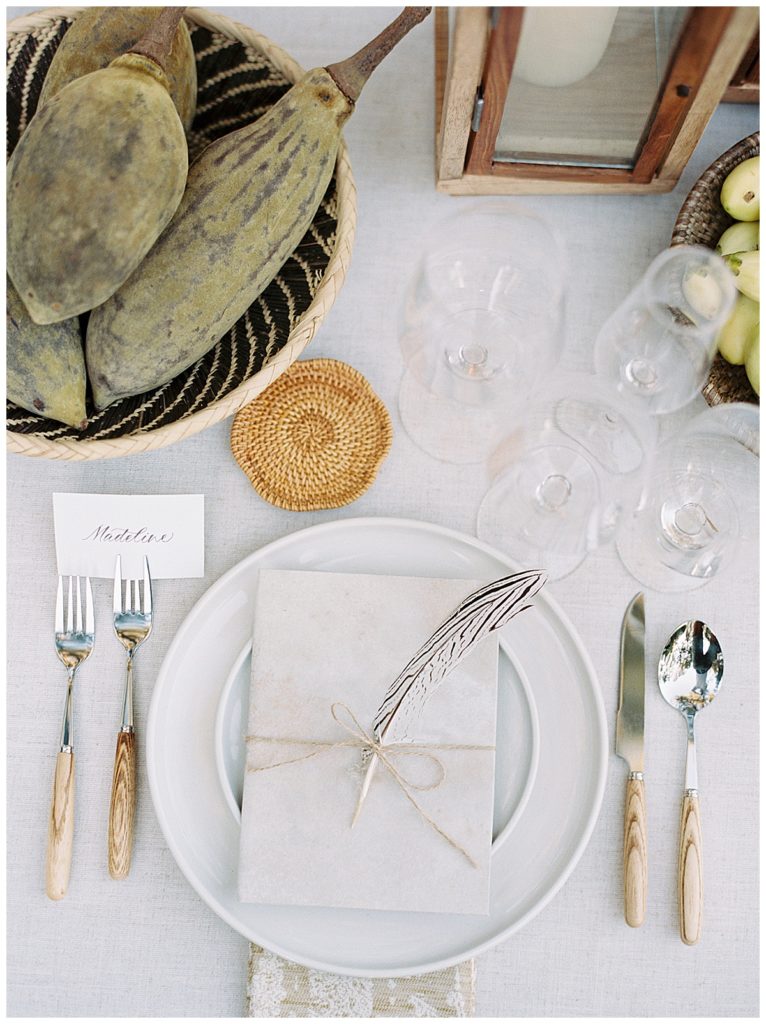
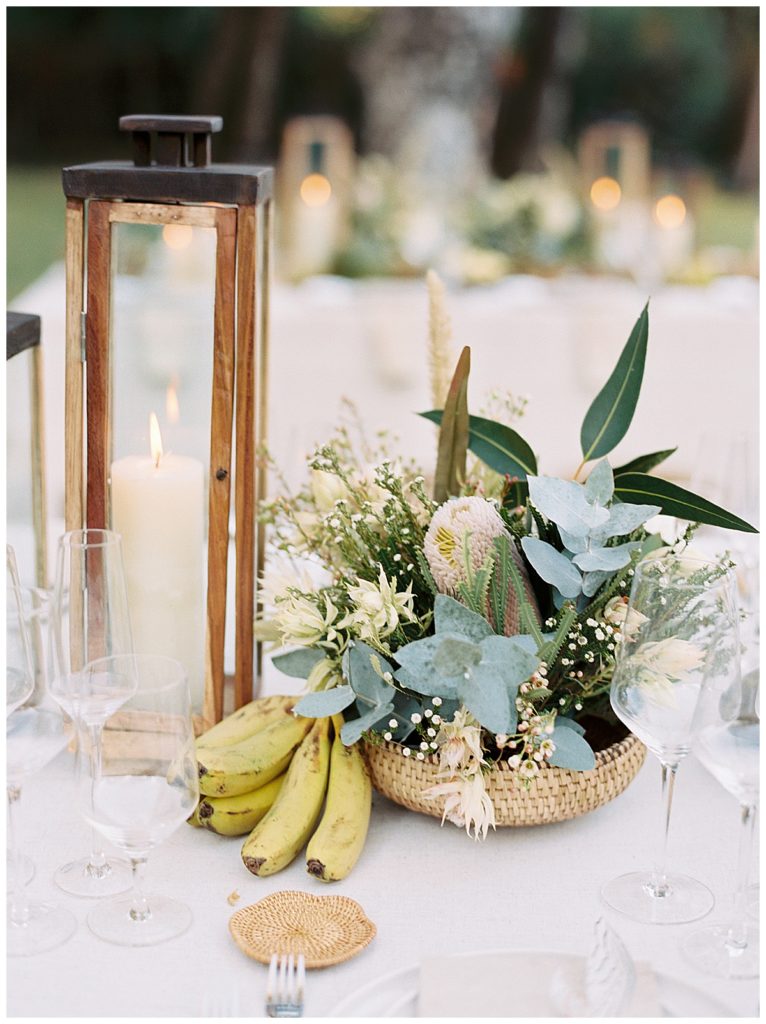

Until next time, happy planning!

Photography Credits:
Stepan Vrzala | http://www.stepanvrzala.com/
Venue:
The Royal Livingstone Hotel| https://www.anantara.com/en/royal-livingstone
Contact Exalt Africa weddings for more details or to discuss your upcoming wedding.